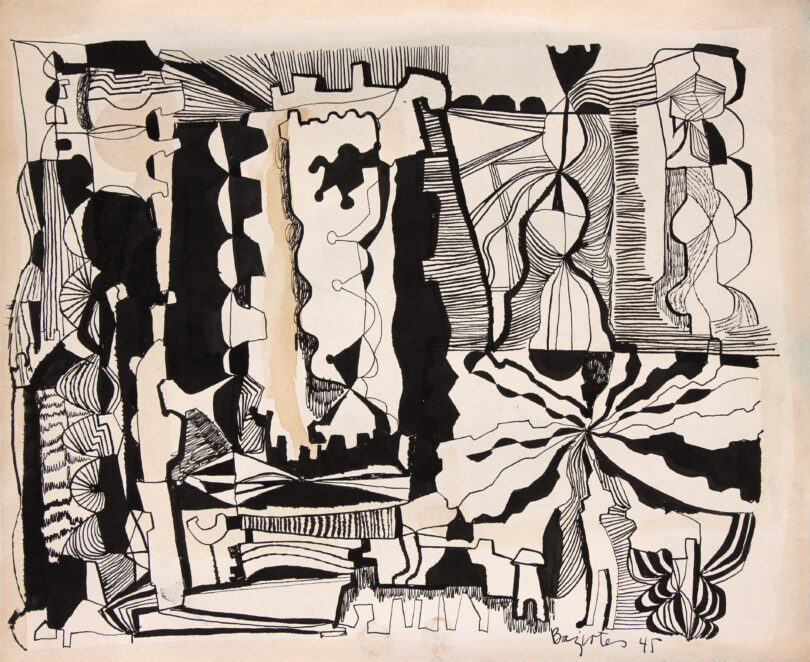Museums and scholars revisit the story of American modernism regularly, but few exhibitions have examined modernist works on paper. “Graphic Eloquence: American Modernism on Paper from the Collection of Michael T. Ricker,” on view through Sept. 4 at the Georgia Museum of Art at the University of Georgia, hopes to change that conversation. The exhibition includes approximately 150 works by 70 artists, both well known and overlooked, and will be accompanied by a catalog published by the museum.
Modernism reflected global shifts in thought and expression, partially as a result of the industrial revolution. The Armory Show of 1913, which opened in New York, is generally accepted as the starting point of American modernism. Although few American artists exhibited work there, its influence was wide reaching, and artists who saw the show soon began experimenting with abstract form and new subject matter in response.
“Graphic Eloquence” aims to show the ways modernist experimentation played out through printmaking and other paper-based media, as artists invented new technologies and reinvented old ones. The exhibition includes examples of works in casein, cellocut, charcoal, collage, collagraphy, colored pencil, conté, encaustic (gesso-wax), gouache, graphite, ink, intaglio, lithography, mezzotint, monotype, oil, serigraphy, silverpoint, tempera, watercolor, woodcut and wood engraving. Its artists range similarly across the United States, including particularly strong examples by Texas artists from the Fort Worth Circle, proving once again that modernism was not purely an East Coast phenomenon.
Many of the works featured in the exhibition are part of a gift to the museum.
“We are grateful to Michael Ricker for generously gifting these diverse expressions of the American modernist spirit to the museum. Works on paper are a longstanding strength of our museum, and Ricker’s donation will decisively deepen the stories we tell about this medium and the evolution of American abstraction across broader geographies and artistic networks,” said Jeffrey Richmond-Moll, curator of American art.
Related events include:
- A Family Day on March 26 from 10 a.m. to noon
- A talk by Nell Andrew, associate professor of art history, on April 26 at 1 p.m.
- A Toddler Tuesday on May 3 at 10 a.m. (email gmoa-tours@uga.edu to register)
- A Studio Workshop with printmaker Amanda Jane Burk on May 12, 19 and 26 from 6:30 to 8:30 p.m. ($20 materials fee; email gmoa-tours@uga.edu to register)
- An Artful Conversation on a single work of art in the exhibition, led by Sage Kincaid, associate curator of education, on June 15 at 2 p.m.
All events are free and open to the public unless otherwise indicated.








